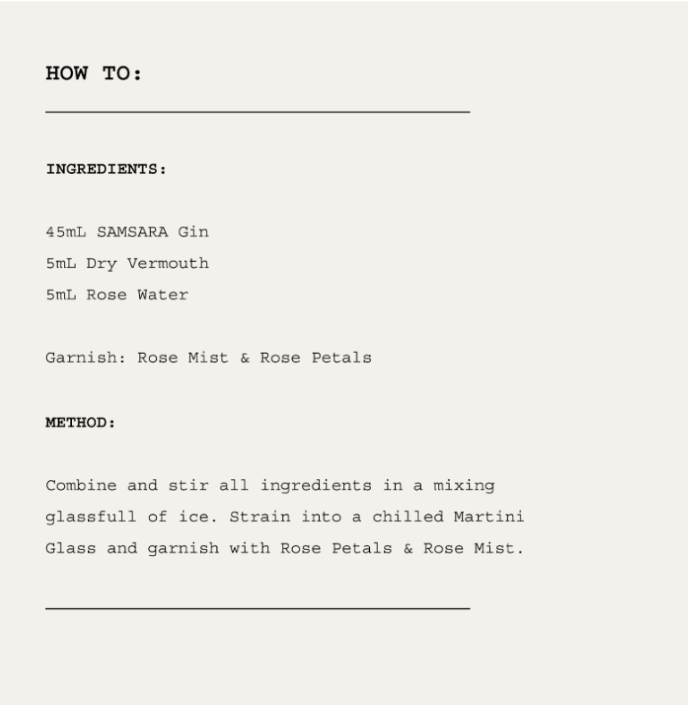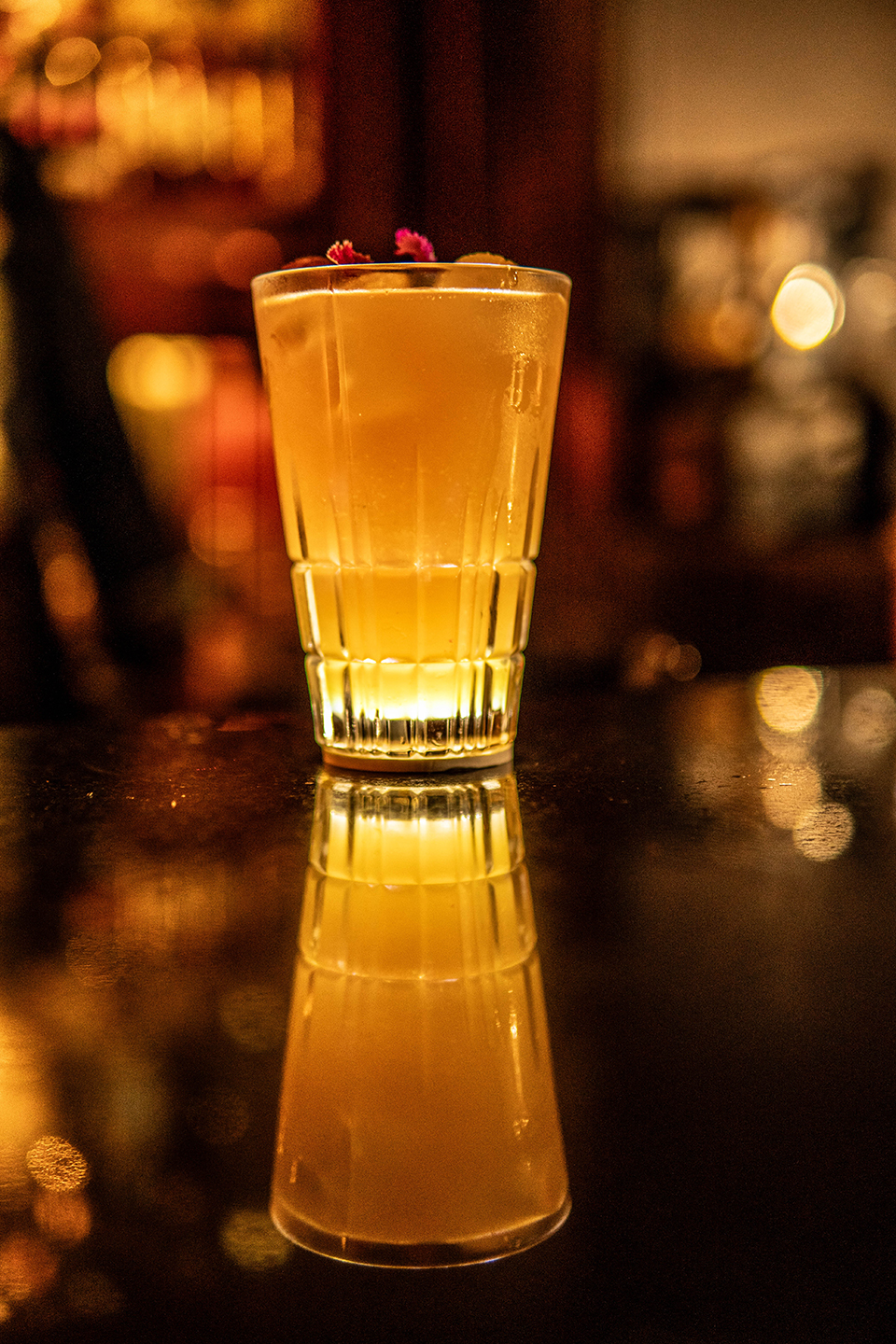With the demand for gin in India predicted to an exponential rise that could go up to 200 per cent by 2023, the Indian alcohol market is undergoing a crafty paradigm shift. All in all, the urban Indians just rediscovered India’s love for gin, and this trend is not so different from the mood of the global world.
India has long been known as a country of dark spirits, with about 97 percent of the spirit sales favouring brown spirits like whiskey and rum. But when it comes to the history that gin and India share, it doesn’t come as a surprise that the market is suddenly booming.
With India becoming the fifth largest consumer of gin in the world, the change might feel sudden, but the roots go long back in time, and the trend is coming back full circle with its newfound revival, thanks to urban Indians rediscovering the beautifully flavourful spectrum of gin.
The story of the contemporary gin is, to say the least, a historic inquiry of its evolution from colonialism to craft, given how popular it was once during the British Era. Gin and tonic as a concoction was invented in India about 200 years ago. It started as a medicinal cocktail for military persons, who would pour their gin ration with quinine to prepare a ‘health drink’ popularly (not anymore) believed to cure malaria.
While somewhere along the way the gin market seemed to evaporate, it started showing traces of revival in the early 2000s as what some call the “Ginaissance” of the Indian spirit palate.
The revival seems like history coming to its due course. Thinking of the flavours that the gin formulation makes space for, it fits beautifully with some of the Indian herbs and spices like cardamom, vetiver, cinnamon, and Himalayan juniper. It is also these locally grown botanicals that are taking the centre stage in the contemporary gin revolution.
A unique personality of the contemporary Indian gin comes across when we look at the alterations that some of the brands are making in the base notes, an ideology unknown to the traditional gin-making method. This is an interesting angle to explore. It’s almost like Indian gin is being given a unique identity through botanicals, flavour notes and aromas familiar to the contemporary cultural diaspora.
The use of juniper berries is one such example. Juniper berries have remained the base note of gin since the 1600s. Recently, India saw many craft brands coming up with variations of juniper. Himalayan juniper berries, for example, were taking the centre stage in some of India’s homegrown brands intending to introduce a strong Indian element to the way people experience gin. While Hapusa (a name inspired by what juniper is called in Sanskrit) was a pioneer in experimenting with the nutty base flavours of the Himalayan juniper, the trend is catching on.
It almost seems like gin is urban India’s next favourite drink, and the momentum of its growth is quite interesting to observe. On average, for the last ten years, India produced one gin brand a year. Today there are over ten homegrown gin brands that have gained national or even international recognition. What’s more interesting is how a new line of entrepreneurs is breaking an age-old tradition. A business known to exist as a lineage is now seeing more first-generation gin makers entering the market. It’s a big deal when you realise the role they play in breaking the market monopoly.
The story of India’s latest crafted gin – Samsara, is a special addition to that revolution. Before leaving everything behind and moving to the world of gin, Aditya Aggarwal had been working as a consultant in the US and was very close to getting the coveted H-1B visa when he made the move to come back to India to launch a gin brand. The idea had been brewing in his mind for a long time. During his travels to Central and South America, he was introduced to a niche bar culture that celebrated the unique identity of these places with homegrown spirits.
“I come from a family of teetotallers, so my father was quite shocked, to say the least,” remarked Aditya amusingly when speaking to us about the challenges he faced in trying to establish a new line of work and express this desire to his father.
Aditya’s love for gin is very easy to recognise when you talk to him about it. When enquiring about what drew him to gin specifically, he highlighted its versatility:
“Gin leaves a lot of scope for experimentation and creativity. I realised there’s nothing that tells the story of India as gin does, in that sense, and I wanted to create something reminiscent of the history of our country, with a touch of contemporary”.
As history would have it, Samsara came to life when Aditya, his sister Riddhi, and their cousin Jay decided to join hands. The trio’s desire to create a gin palette unique to the essence of India comes across quite beautifully in their experimental release – a gin they call “The City of Pink”.
The City of Pink is a first in the product line with the title “New World Experiments”. Every botanical used is carefully chosen to represent the multitude of stories that make India a unified cultural entity. It’s crafted mindfully to give an experience that reminds you of memories that hold a special, familiar place in your heart. This pink gin is distilled with Samsara’s signature 11 botanicals and further infused with fresh floral extracts and summer berries.
Talking a little bit more about what that means for Samsara, we understood the true vision it aims to bring to the table.
While Samsara dreams to experiment, it wants to create an identity that feels familiar to all. The flavour profile of Samsara is carefully picked. For example, their first release is called the ‘contemporary Indian gin’, and wishes to speak to the cultural imagination that values specific ingredients – green cardamom, rose, hemp seeds, and vetiver grass take the centre stage as you experience your first few sips of, bringing to life flavours that are synonymous to the sentiment of Indian celebration.
Talking to Aditya about the rising use of base note alterations in the Indian gin, his stance seemed very interestingly different. He believes in carefully handpicking the flavours he wants to play with, along with a sense of comfort with not wanting to alter everything in the process of this experimentation:
“While I wanted to create new notes for Samsara, I didn’t want to alter the base juniper note. The Himalayan juniper berries are beautiful, no doubt. But they come with a strong nutty flavour of their own. So while Samsara wants to introduce a new familiarity to the Indian palate, it doesn’t want to replace the juniper-led identity that gives gin its international recognition.”
This carefully crafted experience makes Samsara a valuable addition to the gin revolution that India is currently brimming with. There was a lot to take out from our interview with the founders and so as we were impatient to get our hands on a bottle and experience all this newfound knowledge for ourselves, Riddhi left us with a very interesting story. So here’s a fun fact for you:
While gin is associated with being a relatively new addition to the love of spirits in India, it appears that back in the days (we’re talking about the 1800s) Mirza Galib was a big fan of gin. He had the privilege of having his favourite spirit imported to him in India and liked to drink it sweet with a splash of rose water. Taking inspiration, Aditi and Riddhi left us with a secret recipe they like to call the ‘Mirza Martini’
Note: The text to follow goes best if you prepare first with a bottle of Samsara’s City in Pink kept next to you.
Here it goes:
Words by Avantika Mishra
Images via Samsara Gin







